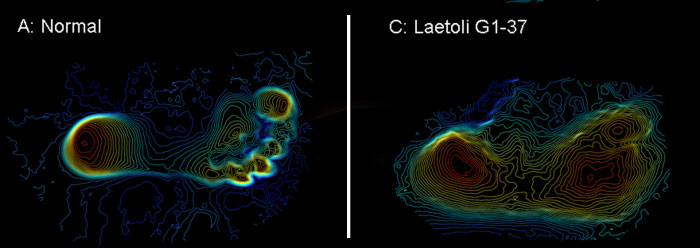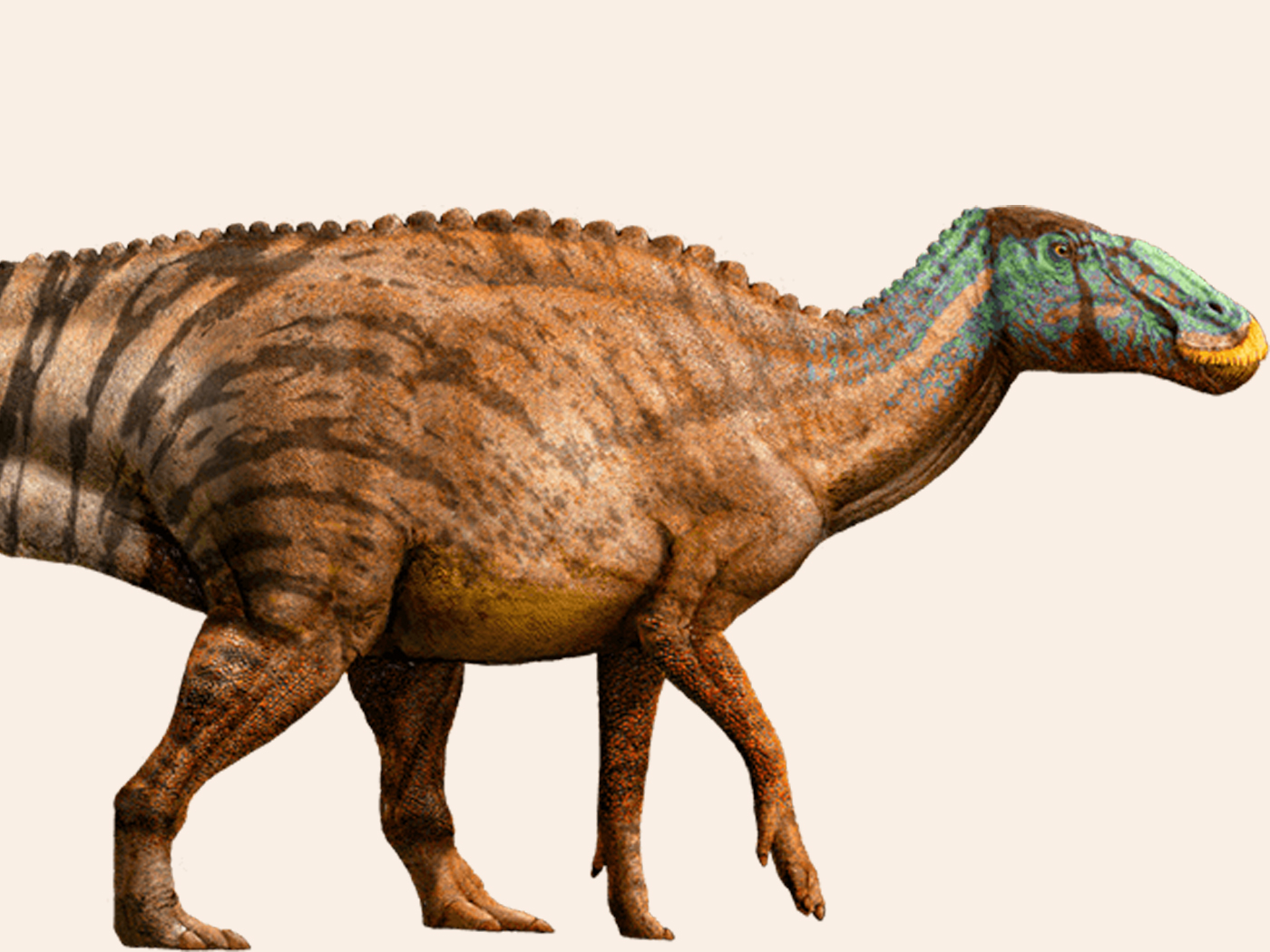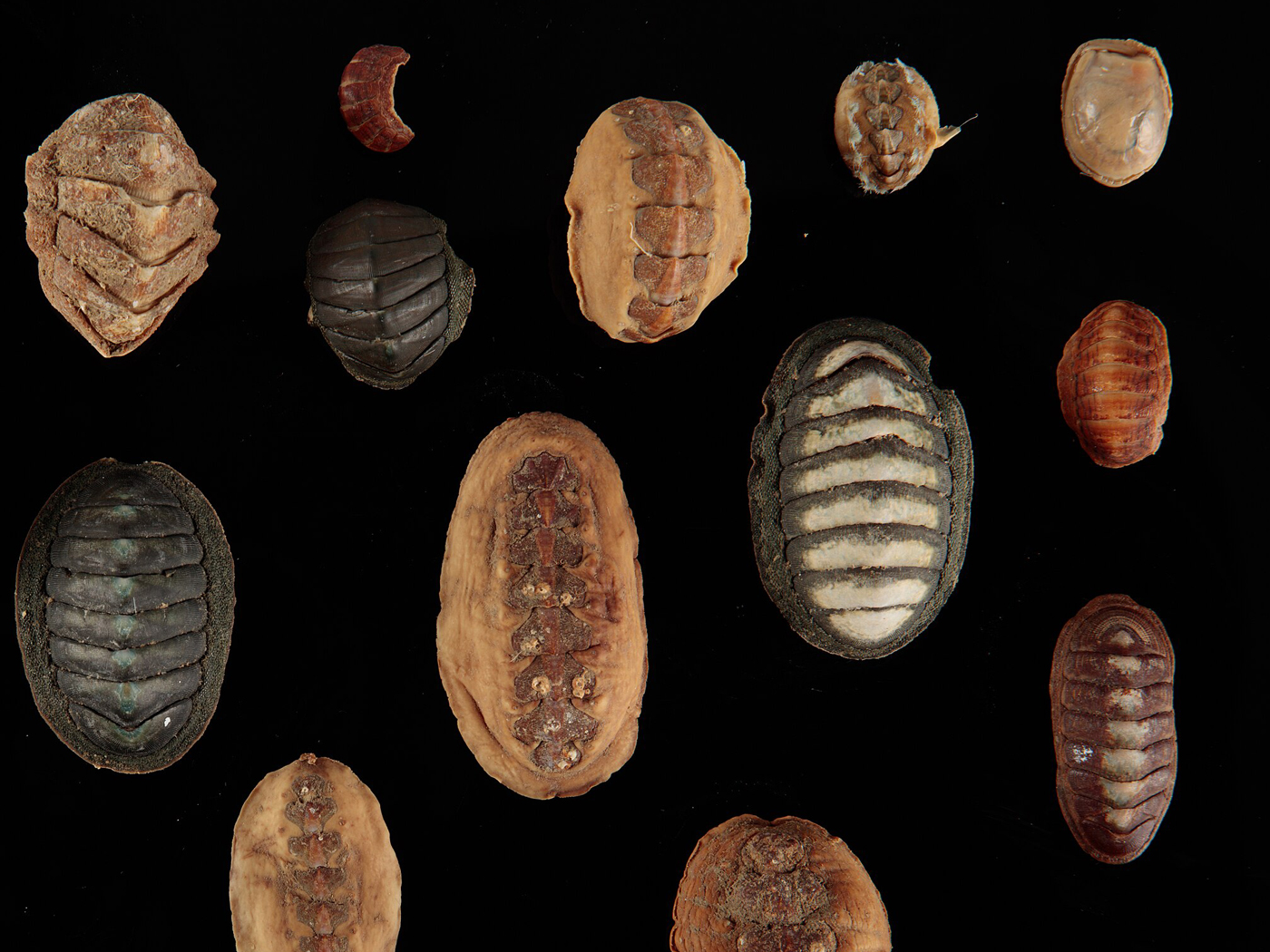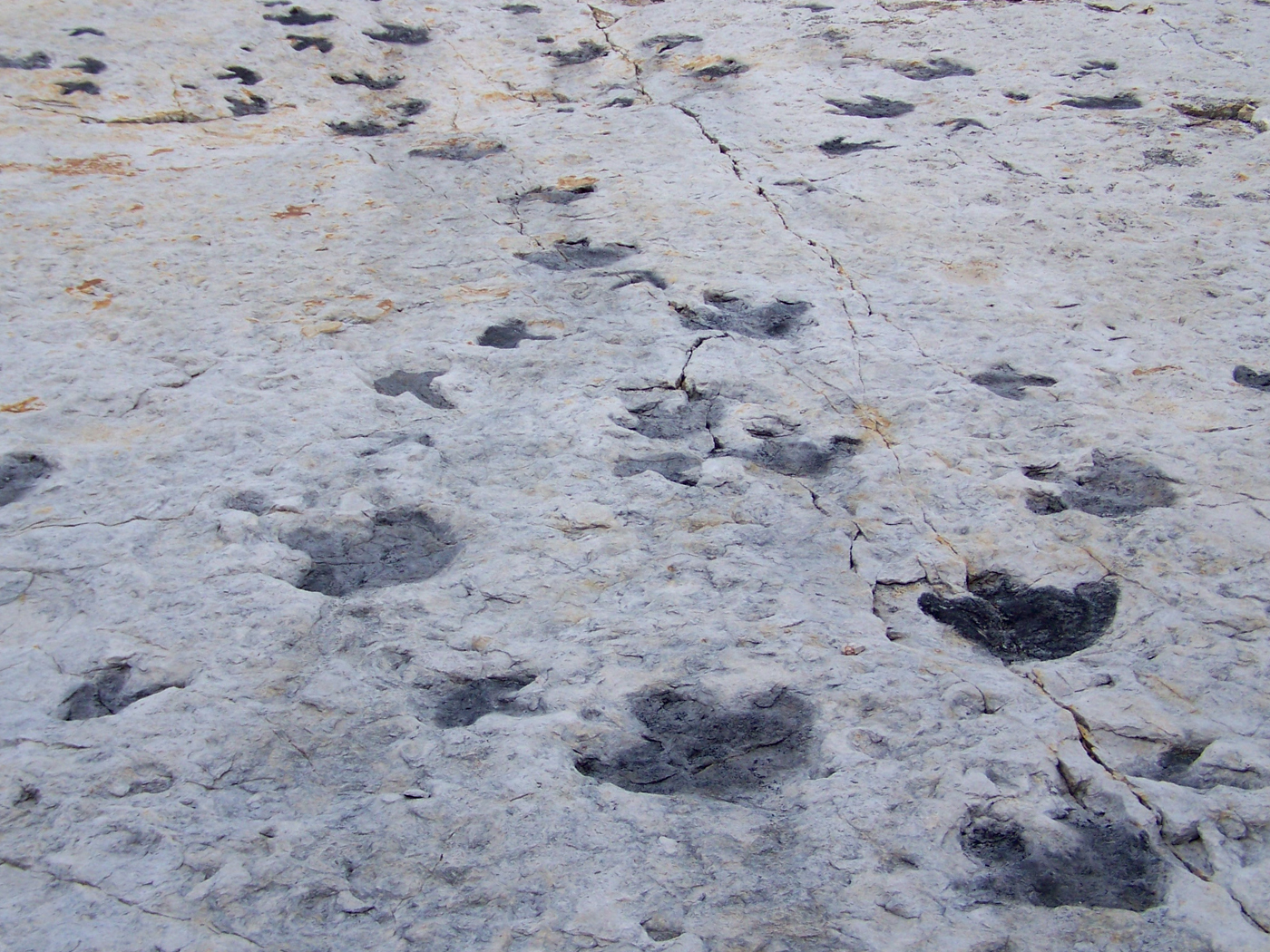Sometime in the distant past, two or three individuals walked across wet volcanic ash, leaving a trail that continues to puzzle scientists. When the Laetoli footprints were discovered over 30 years ago in Tanzania, the tracks looked like they were caused by the feet of modern humans, which supposedly did not “emerge” until 2.5 million years ago. But the footprint-containing rock had been assigned an older age of 3.6 million years.
This problem was “solved” by attributing human-like bipedal features to australopiths. These extinct apes, like the famous “Lucy” fossil, were long considered ancestral to humans. This conclusion was reached, however, before the discovery of actual australopith fossil feet and before australopith remains were found in a rock layer dated at 2.2 million years. The australopith foot bones did not at all match those represented by the human-like Laetoli prints,1 and the australopith remains were dated as more recent than even known human remains, showing that australopiths had nothing to do with human evolution.2
Despite these observations, museums still portray Australopithecus as man’s ancestor, and they even use the Laetoli tracks as evidence that these apes walked like man!3 But a new study published in PLoS ONE has shown that the equal depression depth of the heel and big toe of the Laetoli prints “is a cardinal sign of a humanlike gait.”4 This confirms an in-depth analysis by University of Chicago professor Russell Tuttle, who concluded in 1990 that the “footprint trails at Laetoli site G resemble those of habitually unshod modern humans.”5
The researchers in the PLoS study compared three-dimensional scans of select Laetoli tracks with scans of modern tracks made by volunteers who walked normally across wet sand, as well as some who walked in an apelike crouch. They found that whoever made the Laetoli tracks “walked with weight transfer most similar to the economical extended limb bipedalism of humans.”6
Modern apes “walk” for short spans with bent and outward-pointed knees, whereas mankind’s unique gait involves knees pointing forward and legs straightening out with each step.
Because the footprints look like they were made by perfectly modern humans, the 3.6 million-year-old age assigned to the tracks constrained the researchers to conclude “that extended limb bipedalism evolved long before the appearance of the genus Homo.”6 So, rather than following the evidence where it leads--which in this case is that the Laetoli tracks were made by “genus Homo” (modern man)--these scientists quickly modified the eternally plastic story of human evolution.7
The researchers reasoned that “human-like bipedalism clearly evolved within the first three to four million years of hominin evolution.”6 But this puts evolution in a very tough spot, because now man’s distinctive way of walking had to have “emerged” faster than the neo-Darwinian concept of natural selection can reasonably account for. Plus, there is no known fossil to represent the creature that supposedly walked just like a man, but was in fact not a man.
These scientists evidently refuse to consider the idea that the Laetoli tracks were made by genus Homo because it would challenge their evolutionary assumptions. But in the creation/Flood model, mankind has existed alongside animals since the sixth day of the creation week. Accordingly, there is no surprise that people, who only thousands of years ago lived alongside australopiths, left modern footprints in supposedly ancient rock layers.
References
- Wong, K. Footprints to Fill: Flat feet and doubts about makers of the Laetoli tracks. Scientific American, August 1, 2005, 18-19.
- Walker, J., R. A. Cliff and A. G. Latham. 2006. U-Pb Isotopic Age of the StW 573 Hominid from Sterkfontein, South Africa. Science. 314 (5805): 1592-1594.
- Thomas, B. Museum’s ‘Science’ Exhibit Leaves More Questions than Answers. ICR News. Posted on icr.org January 11, 2010, accessed March 26, 2010.
- Bower, B. African Footprint Fossils Are Oldest Evidence of Upright Walk. Wired Science. Posted on wired.com March 23, 2010, accessed March 26, 2010.
- Tuttle, R. H. 1990. The Pitted Pattern of Laetoli Feet. Natural History. 99: 64.
- Raichlen, D. A. et al. 2010. Laetoli Footprints Preserve Earliest Direct Evidence of Human-Like Bipedal Biomechanics. PLoS One. 5 (3): e9769.
- Sherwin, F. 2010. Darwinism’s Rubber Ruler. Acts & Facts. 39 (2): 17.
Image credit: PLoS
* Mr. Thomas is Science Writer at the Institute for Creation Research.
Article posted on April 6, 2010.



















